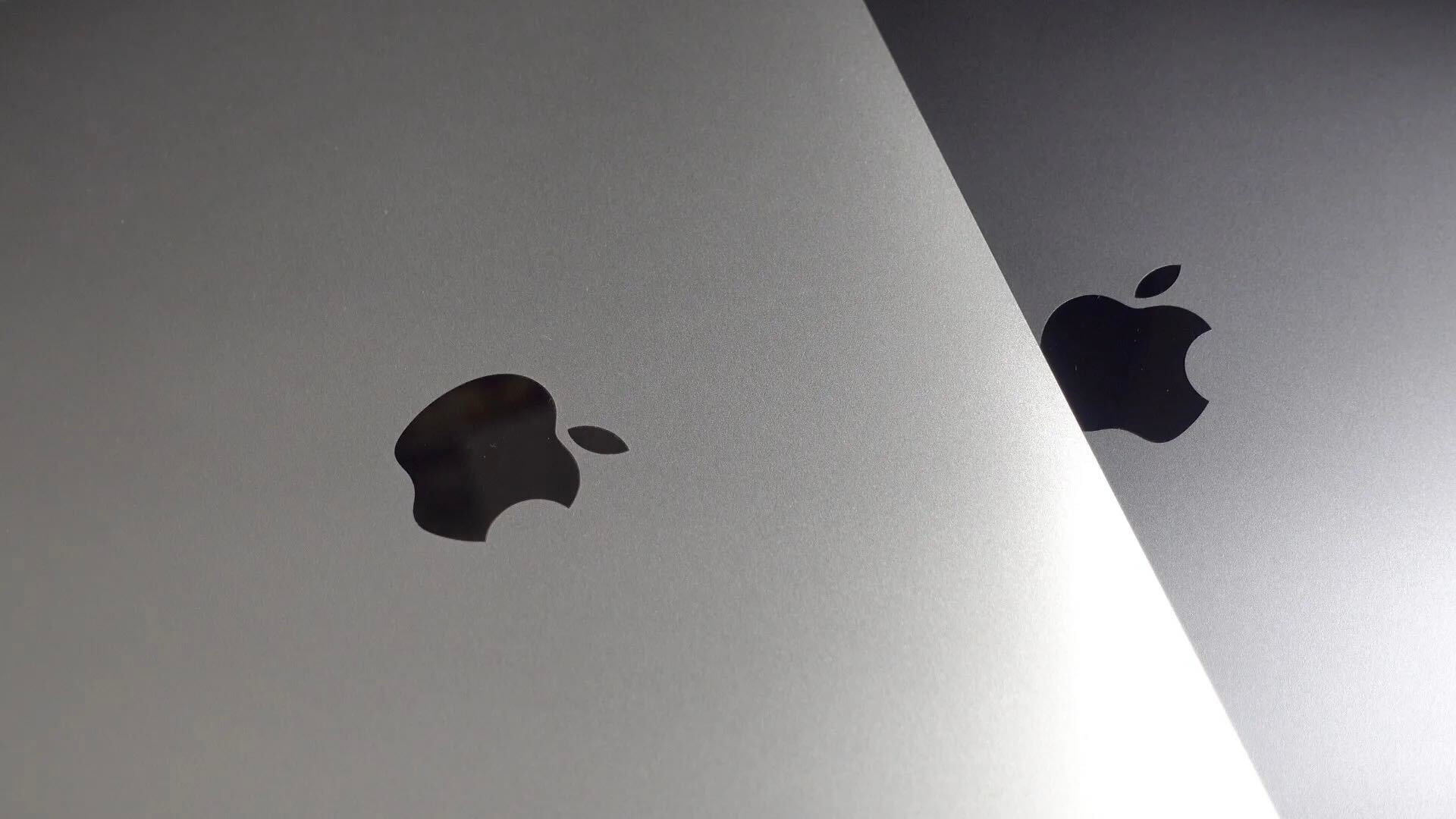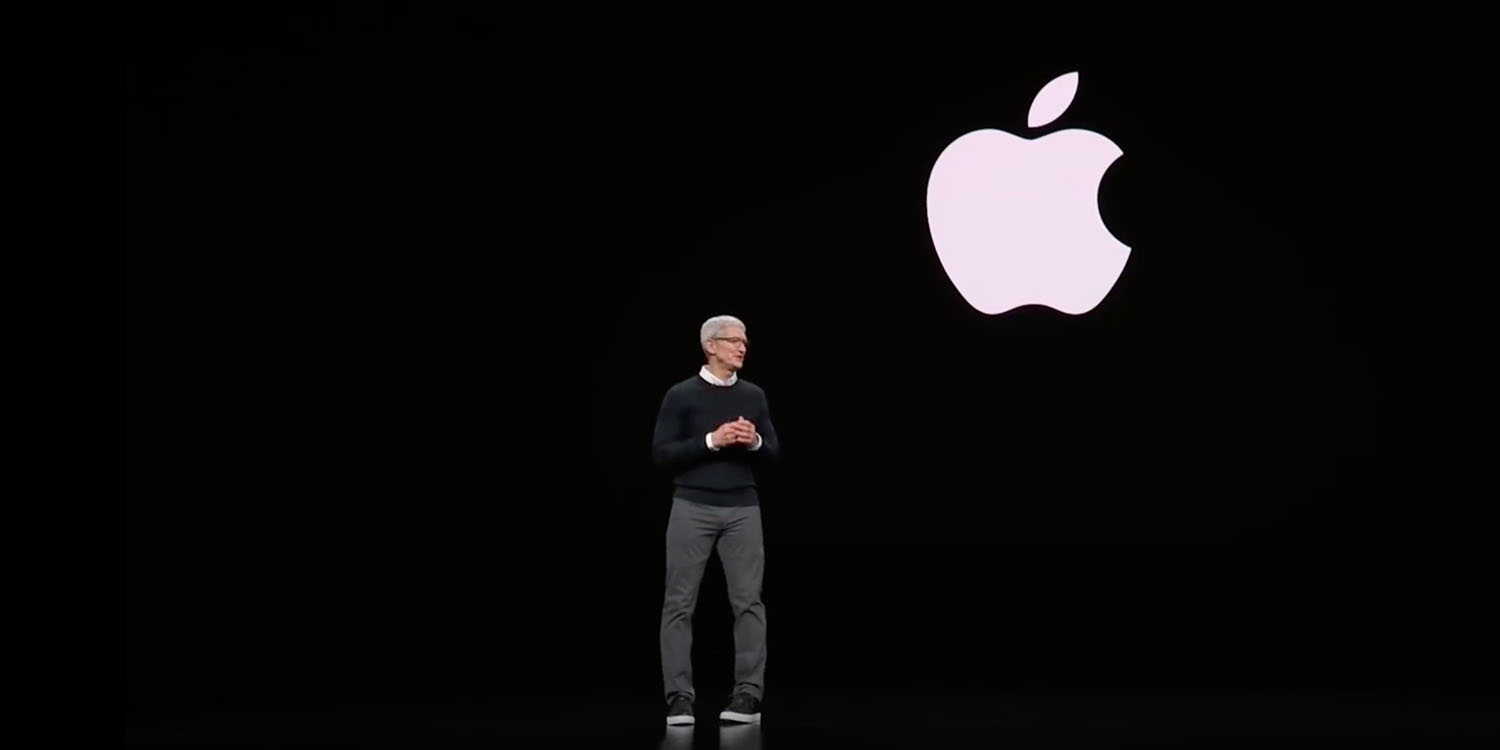Apple Silicon
Apple Silicon is Apple's new lineup of processors for the Mac platform. It was announced in 2020 with the first Macs appearing at Apple's "One More Thing" event in November 2020. The first was the M1, and it first appeared in the MacBook Air, MacBook Pro, and Mac Mini.

Apple Silicon




